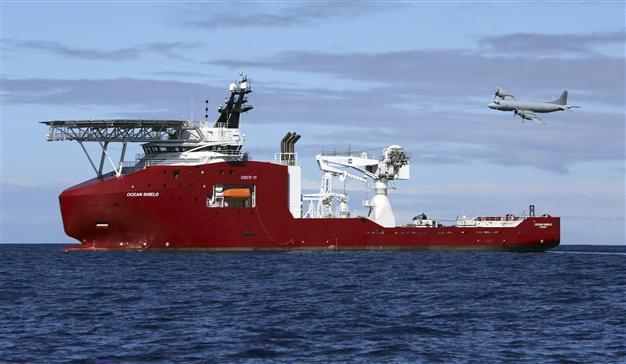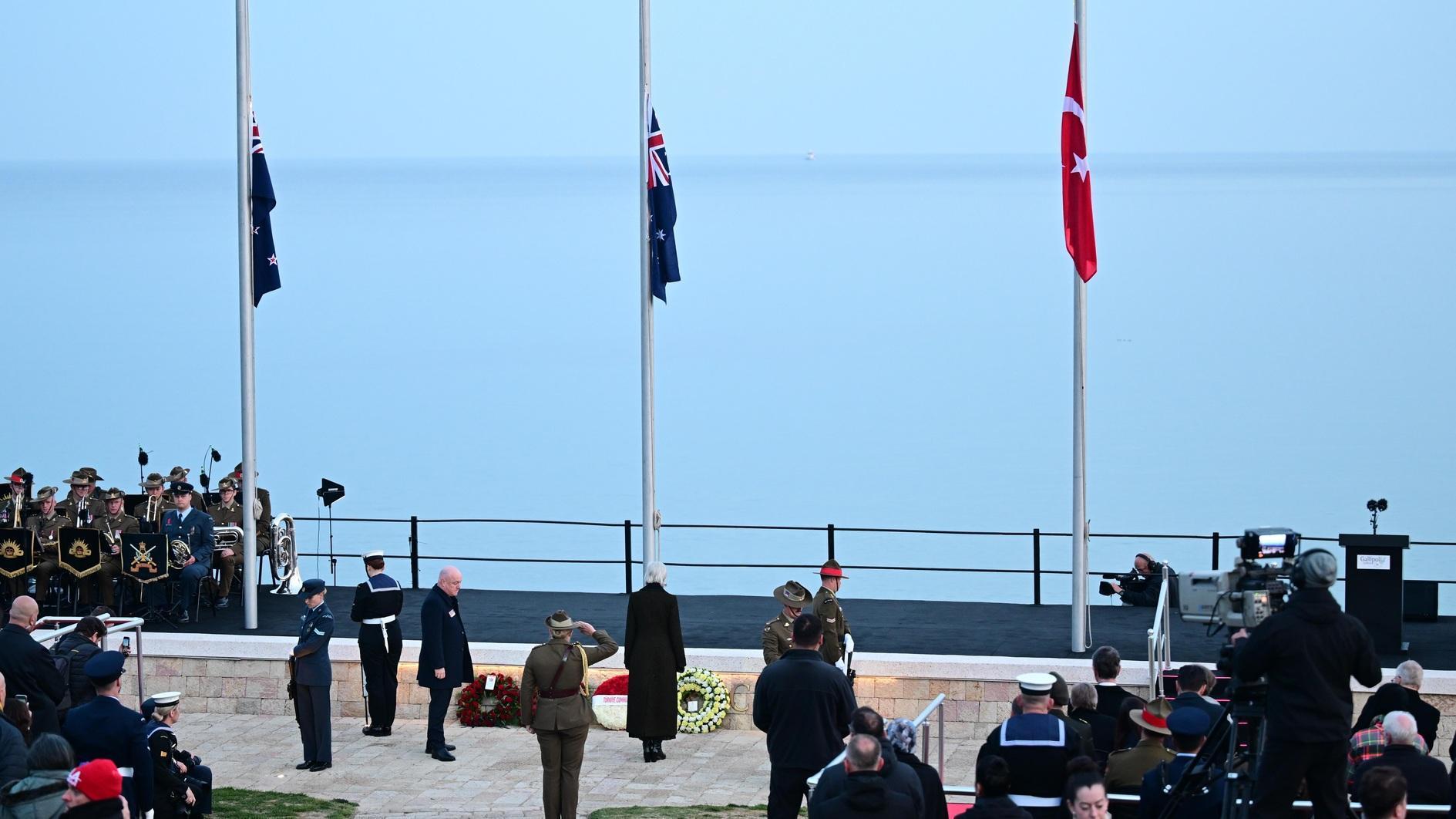Hunt for MH370 closes in on 'final resting place'
PERTH - Agence France-Presse

A RAAF AP-3C Orion flies past the Australian navy vessel Ocean Shield as it drops sonar buoys to assist in the search for missing Malaysian Airlines Flight MH370 in the southern Indian Ocean. REUTERS Photo
The hunt for more black box "pings" from missing Malaysian airliner MH370 narrowed April 10 to a specific patch of remote ocean after the logging of fresh signals raised hopes wreckage will soon be found.With dying batteries after more than a month since the Boeing 777 vanished, the head of the Australian-led search Angus Houston wants to pursue the listening operation to help pinpoint the plane's exact location before sending down a submersible.
Houston's Joint Agency Coordination Centre (JACC) announced Thursday the search area off western Australia was now 57,923 square kilometres - compared to more than 220,000 sq kms previously and 75,000 sq kms a day earlier.
But Australian ship Ocean Shield is focused on a far smaller area of the Indian Ocean 2,280 kilometres (1,400 miles) northwest of Perth where it picked up two fresh signals April 8. They matched a pair of transmissions logged over the weekend.
"When you put those two (sets of pings) together, it makes us very optimistic," US Seventh fleet spokesman commander William Marks said Thursday, adding that the search was getting "closer and closer."
"This is not something you find with commercial shipping, not something just found in nature, this is definitely something that is man-made, consistent with what you would find with these black boxes."
"So we are looking pretty good now." He told CNN he expected the pings to last "maybe another day or two".
No debris from the aircraft which disappeared on March 8 has yet been found although a large number of objects were spotted on the surface on Wednesday, JACC said.
"But only a small number were able to be recovered. None of the recovered items were believed to be associated with MH370."
Officials had feared that the signals which were initially picked up might not be detected again, particularly since the batteries on the black box tracking beacons have a normal lifespan of about 30 days.
"Yesterday's signals will assist in better defining a reduced and much more manageable search area on the ocean floor," Houston said April 9.
"I believe we are searching in the right area but we need to visually identify the aircraft before we can confirm with certainty that this is the final resting place of MH370."
Underwater vehicle set to investigate
Houston, however, again urged caution for the sake of the families of those aboard the flight which mysteriously vanished en route from Kuala Lumpur to Beijing with 239 people on board, and said the search for more signals would go on.
"Hopefully with lots of transmissions we'll have a tight, small area and... in a matter of days we'll be able to find something on the bottom," he said.
Australia confirmed April 9 that the fresh signals were consistent with black box recorders, boosting optimism after more than a month of fruitless searching for the missing jetliner.
Searchers are now focusing on tapping transmissions that are expected to be weaker than those signals as the batteries are soon expected to fail.
"With the batteries likely to fade or fail very shortly, we need to get as much positional data as we can so that we can define a very small search area," Houston said.
No other ships will be allowed near the Ocean Shield, as it must work in an environment as free of noise as possible.
With the clock ticking on how long the black boxes batteries, Houston said it would not be long before a U.S.-made autonomous underwater vehicle called a Bluefin 21 would be sent down to investigate. "I don't think that time is very far away," he said.
He noted that Ocean Shield can search six times the amount of area with a Towed Pinger Locator listening for evidence of the black boxes as can be done with the Bluefin sonar.
Once you put the Bluefin in the water, "there's really no time limit for that", said commander Marks. Up to 10 military aircraft, four civil planes and 13 ships would take part in the search on April 10, JACC said.
Fair visibility was predicted for the day with moderate southeasterly winds and isolated showers.
bur/bp/ac AFP
















